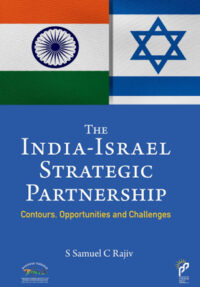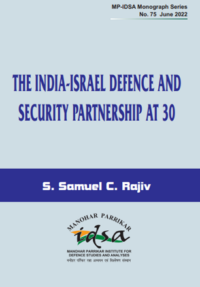Defence Budgeting System: Need for Change
In India, the defence budgeting system is incremental and input-based. Yearly allocations of funds are made without reference to the defence plans. In effect, the budget does not get linked to any established goals or outputs. Resource planning beyond a one-year period is not carried out. Some have even called it an archaic system. The five-year defence plans have lost their utility for resource planning. This article brings out the shortcomings in the present budgeting system and recommends some options for a goal-oriented budgeting system.
- Pravin Joshi
- October 2005











